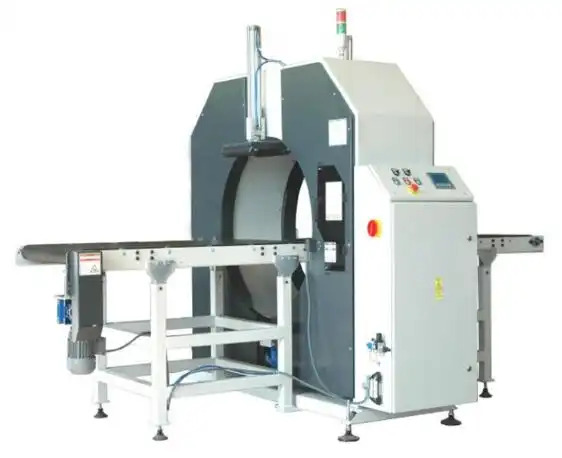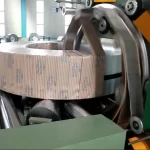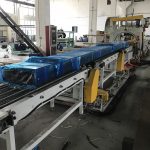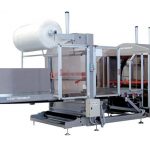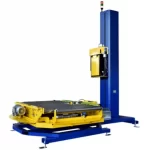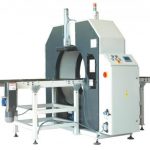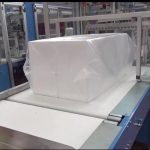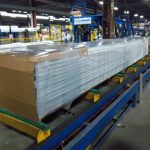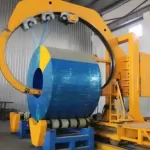horizontal stretch wrapper for paper tray
The video show the customized solution from FHOPE for packing the cylinder on the paper cardboard tray.
The special points of the packaging is following:
a. the paper tray is soft
b. the cylinder on the surface of the tray
c. the shape is irregular
d. the package is short
e. the solution is an automation system.
The innovation is a special made horizontal stretch wrapper that includes several ready technology. This is a comprehensive solution to maximizing machine maintenance, minimizing downtime and defects as well as breakdowns.
More relative machine just here
A horizontal stretch wrapper for paper tray is a type of packaging equipment designed to wrap paper trays with a protective layer of plastic film. The machine typically consists of a conveyor system, a film roll holder, a wrapping mechanism, and a heat-sealing unit.
The process of using a horizontal stretch wrapper for paper tray begins with placing the paper tray on the conveyor system. The film roll holder is then loaded with a roll of plastic film, which is unwound and fed into the wrapping mechanism. The wrapping mechanism then moves around the paper tray, wrapping it with the plastic film and creating a tight seal around it.
Once the wrapping process is complete, the paper tray is moved to the heat-sealing unit, which uses heat to seal the plastic film and create a secure, airtight package. The finished package can then be transported and stored without the risk of damage or contamination.
Horizontal stretch wrappers for paper trays are commonly used in paper manufacturing plants, warehouses, and shipping facilities that deal with large volumes of paper trays. They offer a fast and efficient way to package and protect paper trays, while also reducing the risk of damage during transportation and storage.
